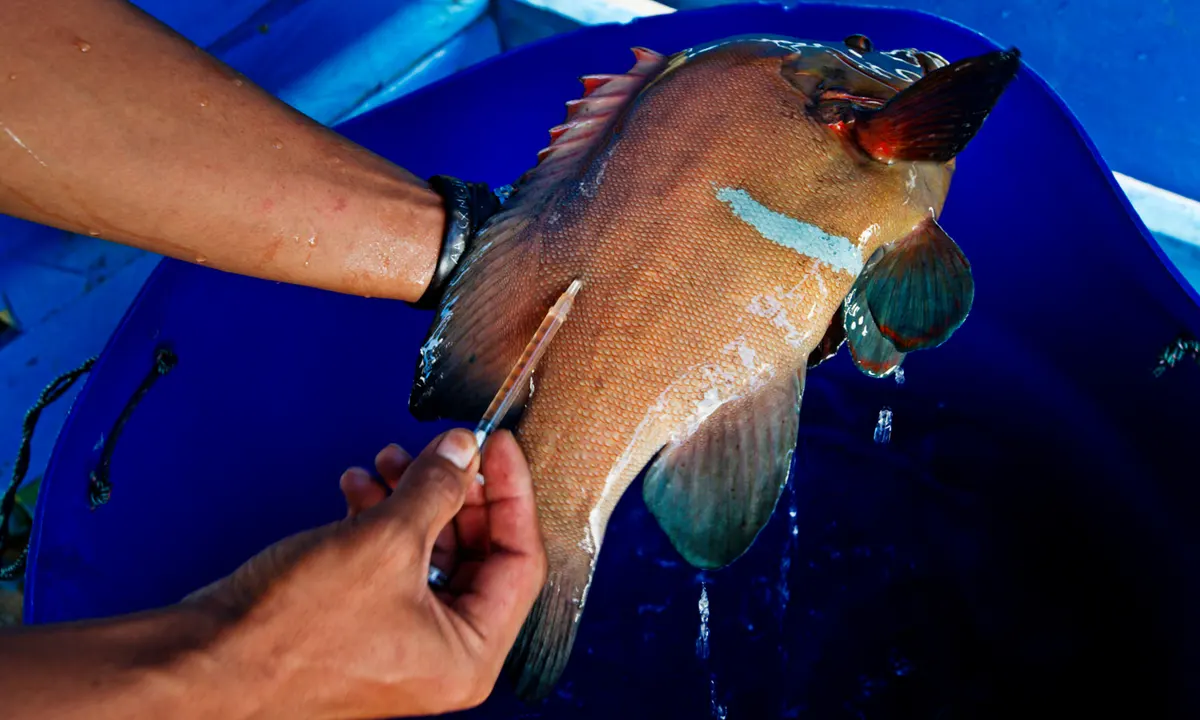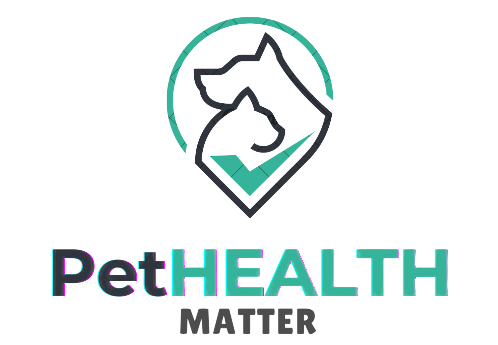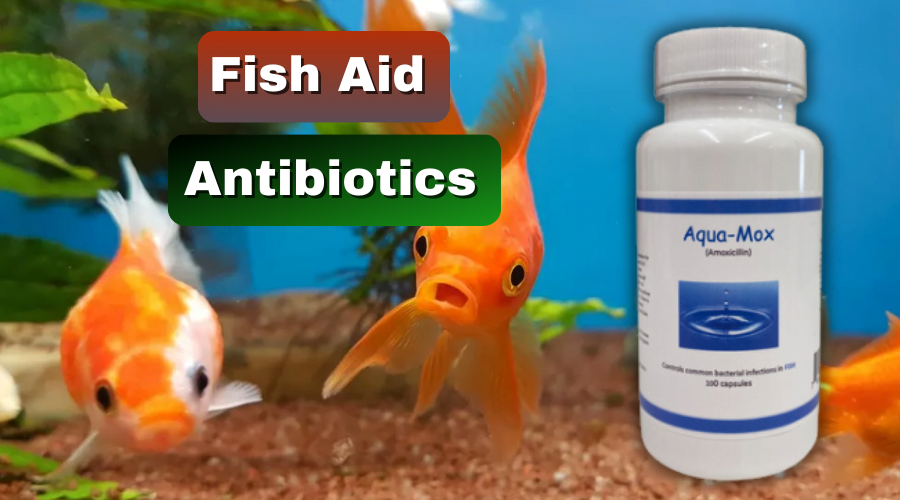Introduction to Fish Aid Antibiotics
Fish Aid Antibiotics are a type of medication specifically formulated for use in fish farming. These antibiotics are designed to treat and prevent bacterial infections in fish, helping to maintain their health and overall well-being. Antibiotics play a crucial role in aquaculture, as they help control and prevent the spread of diseases that can devastate fish populations. By using Fish Aid Antibiotics, fish farmers can ensure the health and productivity of their stock, ultimately leading to a more sustainable and profitable industry.
The Importance of Antibiotics in Aquaculture
Antibiotics are widely used in aquaculture to prevent and treat bacterial infections in fish. The risk of disease outbreaks is high in a crowded and stressful environment like a fish farm. Bacterial infections can spread rapidly among fish populations, leading to significant losses for fish farmers. Antibiotics help to control these infections by killing or inhibiting the growth of bacteria, allowing fish to recover and preventing the further spread of disease.
The use of antibiotics in aquaculture has several benefits. Firstly, it helps to improve fish health and welfare. By treating and preventing bacterial infections, antibiotics can reduce mortality rates and improve the overall well-being of fish. This benefits the individual fish and contributes to the industry’s sustainability by ensuring the productivity and profitability of fish farms.
Risks Associated with Antibiotic Use in Fish Farming
While antibiotics are essential for maintaining fish health in aquaculture, their use carries certain risks. One of the major concerns is antibiotic resistance development in fish and humans. When antibiotics are used extensively in fish farming, bacteria can resist these drugs, making them less effective in treating infections. This can have severe implications for human health, as antibiotic-resistant bacteria can be transmitted from fish to humans through consumption or contact.
Another risk associated with antibiotic use in fish farming is the environmental impact. Antibiotics can enter the surrounding water bodies through fish waste or farm runoff. This can lead to the contamination of aquatic ecosystems and the development of antibiotic-resistant bacteria in the environment. Additionally, antibiotics in water bodies can disrupt the natural balance of microbial communities, affecting marine ecosystems’ overall health and biodiversity.
Alternatives to Antibiotic Use in Aquaculture
To mitigate the risks associated with antibiotic use in aquaculture, there are several alternatives that fish farmers can consider. One such alternative is the use of probiotics and prebiotics. Probiotics are beneficial bacteria that can be added to fish feed or water to promote a healthy gut microbiome in fish. Prebiotics, however, are non-digestible substances that stimulate the growth of beneficial bacteria in the gut. Enhancing the natural defense mechanisms of fish, probiotics, and prebiotics can help prevent and control bacterial infections without antibiotics.
Another alternative to antibiotics in aquaculture is the use of vaccines. Vaccines can be developed to protect fish against specific bacterial pathogens, reducing the need for antibiotics. Vaccination programs can be implemented at different stages of fish production, including hatcheries and grow-out facilities, to provide long-term protection against diseases. By boosting fish’s immune system, vaccines can help prevent infections and reduce reliance on antibiotics.
Biosecurity measures are also crucial in reducing the need for antibiotics in aquaculture. By implementing strict hygiene practices and preventing the introduction of pathogens into fish farms, fish farmers can minimize the risk of disease outbreaks. This includes measures such as disinfection of equipment, proper waste management, and regular health monitoring of fish populations. By maintaining a clean and disease-free environment, fish farmers can reduce their reliance on antibiotics and promote sustainable aquaculture practices.
The Role of Regulations in Antibiotic Use in Fish Farming
Various national and international bodies regulate the use of antibiotics in aquaculture. These regulations aim to ensure the responsible use of antibiotics and minimize the associated risks. Currently, different countries have different rules regarding antibiotic use in fish farming, with some countries having stricter guidelines than others.
Generally, regulations on antibiotic use in aquaculture focus on setting maximum residue limits (MRLs) for antibiotics in fish products. MRLs are the maximum allowable concentrations of antibiotics that can be present in fish intended for human consumption. These limits are set based on scientific evidence and aim to protect consumer health by ensuring that antibiotic residues in fish are below levels that could pose a risk.
However, there is a need for stricter regulations on antibiotic use in aquaculture. This includes setting lower MRLs and implementing measures to reduce the overall use of antibiotics in fish farming. More stringent regulations can prevent the development of antibiotic resistance and minimize the environmental impact of antibiotics in aquaculture.
The Benefits of Fish Aid Antibiotics for Fish Health
Fish Aid Antibiotics have been proven effective in improving fish health and preventing bacterial infections. These antibiotics are specifically formulated for use in fish and are designed to target the bacteria that commonly infect fish populations. By treating and preventing these infections, Fish Aid Antibiotics can help reduce mortality rates and improve fish’s overall health and well-being.
There have been several successful examples of using Fish Aid Antibiotics in aquaculture. For instance, in a study conducted on rainbow trout farms, the use of antibiotics resulted in a significant reduction in mortality rates due to bacterial infections. The antibiotics helped to control the spread of disease and improve fish survival rates, ultimately leading to increased productivity and profitability for fish farmers.
The Impact of Fish Aid Antibiotics on Human Health

While Fish Aid Antibiotics effectively treat bacterial infections in fish, there are concerns about the potential impact on human health. One of the main concerns is the presence of antibiotic residues in fish products. When fish are treated with antibiotics, residues of these drugs can remain in their tissues, even after the treatment period. If humans consume these fish, there is a risk of ingesting antibiotic residues, which can contribute to developing antibiotic resistance in humans.
Another concern is the potential transfer of antibiotic resistance from fish to humans. When fish are exposed to antibiotics, bacteria in their gut can develop resistance to these drugs. If these resistant bacteria are transmitted to humans through consumption or contact, they can severely threaten human health. This is particularly concerning as antibiotic-resistant bacteria can cause difficult-to-treat infections that may require more substantial and more expensive antibiotics.
The Economic Implications of Antibiotic Use in Aquaculture
The use of antibiotics in aquaculture has economic implications for fish farmers. Antibiotics can be costly, mainly when used on a large scale in fish farms. The cost of antibiotics can significantly impact the profitability of fish farming operations, particularly for small-scale farmers with limited financial resources.
However, reducing the use of antibiotics in aquaculture can also have economic benefits. Fish farmers can reduce their reliance on antibiotics and lower production costs by implementing alternative strategies such as probiotics, vaccines, and biosecurity measures. Additionally, by reducing the risk of disease outbreaks, these alternative strategies can help improve fish farms’ overall productivity and profitability.
FAQs
1. Are Fish Aid Antibiotics safe for fish?
Yes, Fish Aid Antibiotics are specifically formulated for use in fish and are safe when used according to the instructions provided. It is essential to follow the recommended dosage and treatment duration to ensure the effectiveness and safety of these antibiotics.
2. Can Fish Aid Antibiotics be used in other animals?
No, Fish Aid Antibiotics are specifically formulated for use in fish and should not be used in other animals, including humans. To ensure their safety and effectiveness, it is essential to use approved antibiotics for the specific species being treated.
3. Can Fish Aid Antibiotics be used in organic aquaculture?
The use of antibiotics in organic aquaculture is generally not allowed. Organic aquaculture practices promote natural disease resistance and prevent disease through organic feed, proper nutrition, and good management practices. Antibiotics are only used as a last resort in organic aquaculture and are strictly regulated.
Conclusion: Balancing the Benefits and Risks of Fish Aid Antibiotics
In conclusion, Fish Aid Antibiotics play a crucial role in maintaining the health and productivity of fish in aquaculture. These antibiotics help to prevent and treat bacterial infections, reducing mortality rates and improving the overall well-being of fish. However, the use of antibiotics in fish farming also carries certain risks, including the development of antibiotic resistance and environmental impact.
Exploring alternative strategies such as probiotics, vaccines, and biosecurity measures is essential to mitigate these risks. Additionally, stricter regulations on antibiotic use in aquaculture are needed to ensure responsible and sustainable practices. By balancing the benefits and risks of antibiotic use, fish farmers can promote the health and welfare of fish while minimizing the impact on human health and the environment. All stakeholders in the aquaculture industry must work together to ensure the responsible use of antibiotics and promote sustainable fish farming practices.

